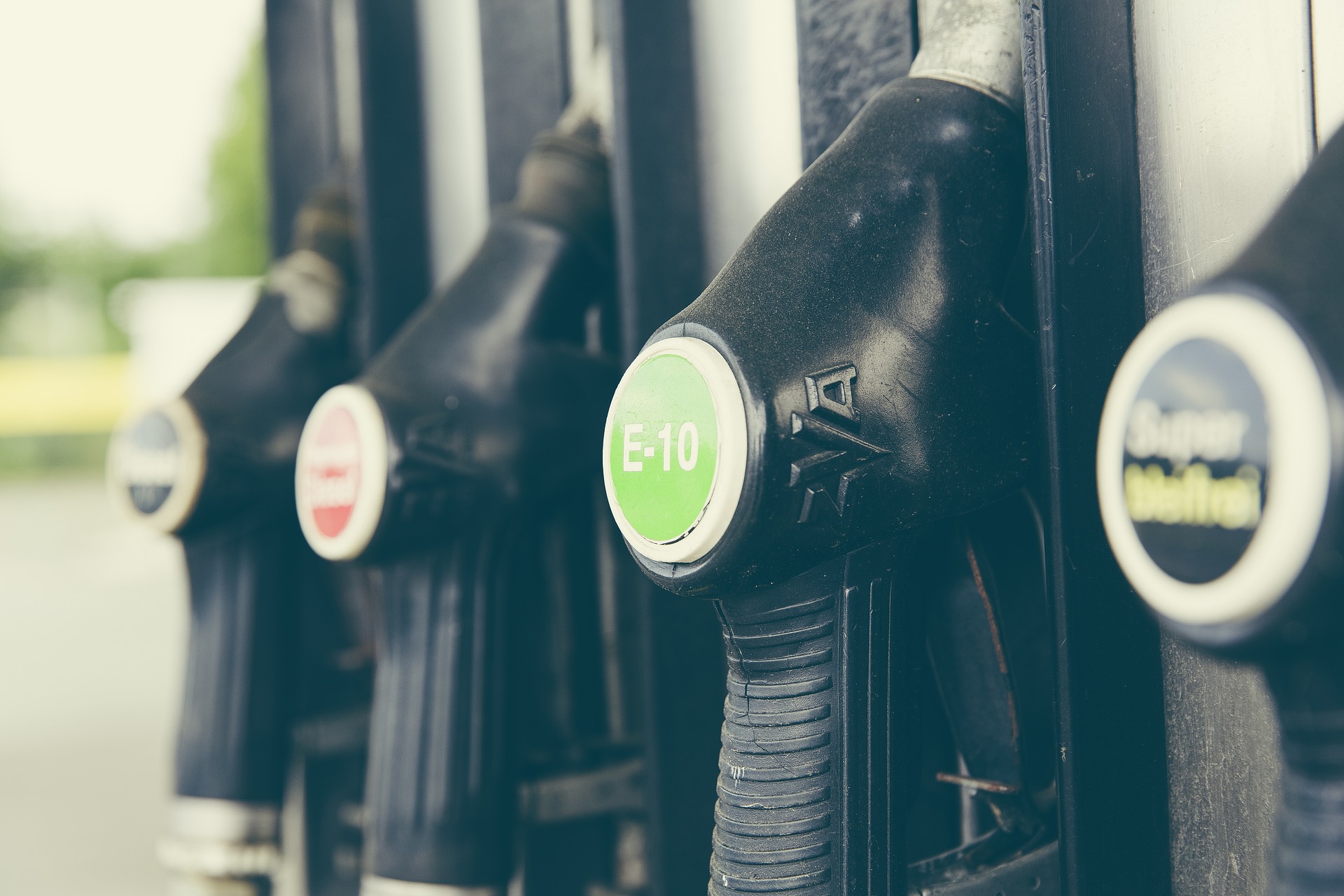
The Biden Administration temporarily removed restrictions on summer gasoline sales with higher ethanol blends to lower gas prices. Since ethanol from corn is cheaper than crude oil-based gasoline, increasing the blending limits allow gas stations to potentially sell gasoline at lower prices. The measure suggests a potential increase in the demand for ethanol although there are many existing barriers. So, how much will ethanol demand actually grow this summer?
The gasoline sold in most of the U.S. is E10, meaning it is a blend of 90% gasoline and 10% ethanol. The high-blend ethanol gasoline is E15, with 15% ethanol. The most recent push toward increasing the ethanol blend came after President Biden allowed the sale of E15 until September. The decision to allow the sale of E15 is to mitigate the increase in gasoline prices after Russia invaded Ukraine.
Allowing the sale of E15 will have a marginal impact on the demand for ethanol. As is shown in Exhibit 1 (a), ADI estimates an increase in ethanol demand of close to 5,000 barrels per day in the summer.

Exhibit 1: Projected ethanol demand in summer 2022 and Ethanol / Gasoline demand percent
The summer months are from June until September, and during that period the share of ethanol blended is just a little bit lower than during the rest of the year. The difference in ethanol demand between summer and non-summer months is marginal, with barely a 0.05% increase, as shown in Exhibit 1 (b). Since the increase in ethanol blending percentage is minimal, ethanol demand growth during this summer is also expected to be minimal in 2022.
Infrastructure and design, the limiting factors
The U.S. has nearly 145,000 gas stations, but only 2,400 can sell E15 gasoline. This limited retail infrastructure represents a challenge since less than 2% of the gas stations can sell E15; there are no more significant incentives to make gas stations upgrade their equipment to allow higher-ethanol blend gasoline sales. Depending on the existing infrastructure, a gas station may need to replace a few labels or the underground storage tank to allow the sale of E15. Not all gas operators can make such upgrades as they usually operate on small margins.
A technical barrier that limits the increase in ethanol demand is the engine design of vehicles, fuel economy, and performance of vehicles. Gasoline blends with higher ethanol content possess less energy per gallon than gasoline, leading to lower fuel economy levels as ethanol content increases. Further, gasoline vehicles, including those using flex-fuel, have engines optimized for gasoline. Increasing ethanol demand would require engine optimization to shift towards ethanol, which cannot happen in a few months.
More ethanol into fuel can reduce the amount of gasoline consumed and could lower the price of filling up the tank, but it does not represent a significant increase in the demand for ethanol. At ADI Analytics, we follow the global ethanol, biofuels, and fuels market and consider subscribing to our newsletter to stay up to date with the latest industry insights.
-Manuel Diaz



















